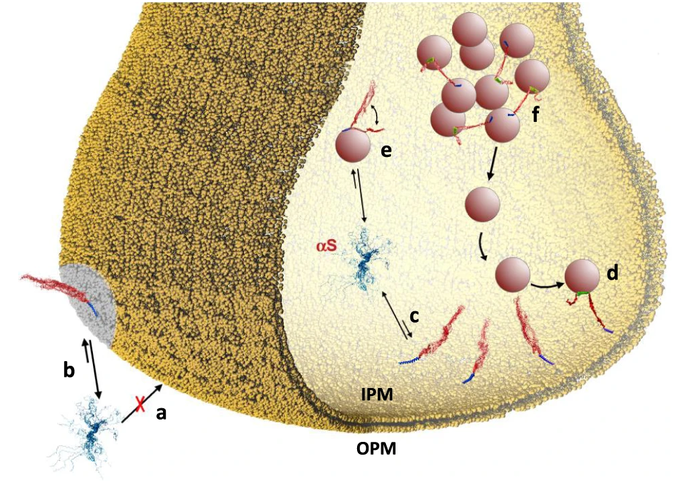Cambridge scientists use lab-grown tissue to repair human organs in world first
The research gives the first indication that lab-grown ‘organoids’ can be used to repair human organs

Scientists at the University of Cambridge have grown healthy liver tissue suitable for grafting onto damaged liver for transplantation, according to findings published yesterday (18/02) in Science.
The research showed that it is possible to grow “organoids” – small organ-like tissue grown from stem cells – and use them to repair damaged bile duct cells in the human liver.
This is the first time scientists have shown that organoids can be successfully used to repair human organs.
Researchers first took cells from different parts of a human liver and transplanted them into mice with damaged bile ducts. They found that donor cells were able to repair damage in the mice irrespective of where in the liver the cells were initially taken from.
When scientists applied the technique to a donated human liver they found that the organoids were able to integrate successfully into the recipient tissue.
Unlike the mouse liver, the human liver that received the organoids was healthy. According to observers in the scientific community, the next step for research will be refining techniques for transplanting organoids into sick liver.
Scientists made use of a technique known as “perfusion”, which has been pioneered by researchers at Cambridge’s Addenbrooke’s hospital. The technique ensures that livers for transplantation or experimentation are supported outside of the body by supplying them with blood and nutrients in a “perfusion machine.”
The authors of the paper emphasise the importance of their research in a clinical setting, stating: “disorders of the biliary system […] account for 70% of pediatric and up to a third of adult liver transplantation, creating a pressing need for therapeutic alternatives, such as cell-based therapy.”
It is hoped that the new technique could be used to repair human livers that have been donated to hospitals but are too damaged to be suitable for transplantation.
Regenerative biologist Professor Neil Henderson of the University of Edinburgh commented that: “about 20 percent of the time we find out that the bile ducts . . . are quite badly damaged and therefore we cannot use it”. The use of organoids to repair the defective livers would greatly increase the supply of potential organs available for transplantation.
Currently the average waiting time to receive a liver transplant is 135 days for adults, and 73 days for children.
Eventually, the new technique might remove the necessity for transplantation altogether for many patients. If organoids could be generated from healthy areas of a patient’s damaged organ, they could then be grafted back into diseased areas to repair the damage directly.
Dr Fotios Sampaziotis, first author of the paper, said: “Given the chronic shortage of donor organs, it’s important to look at ways of repairing damaged organs, or even provide alternatives to organ transplantation.
“We’ve been using organoids for several years now to understand biology and disease or their regeneration capacity in small animals, but we have always hoped to be able to use them to repair human damaged tissue.
“Ours is the first study to show, in principle, that this should be possible.”
 Music / The pipes are calling: the life of a Cambridge Organ Scholar25 April 2025
Music / The pipes are calling: the life of a Cambridge Organ Scholar25 April 2025 News / Candidates clash over Chancellorship25 April 2025
News / Candidates clash over Chancellorship25 April 2025 Comment / Cambridge builds up the housing crisis25 April 2025
Comment / Cambridge builds up the housing crisis25 April 2025 Arts / Plays and playing truant: Stephen Fry’s Cambridge25 April 2025
Arts / Plays and playing truant: Stephen Fry’s Cambridge25 April 2025 Interviews / Dr Ally Louks on going viral for all the wrong reasons25 April 2025
Interviews / Dr Ally Louks on going viral for all the wrong reasons25 April 2025






